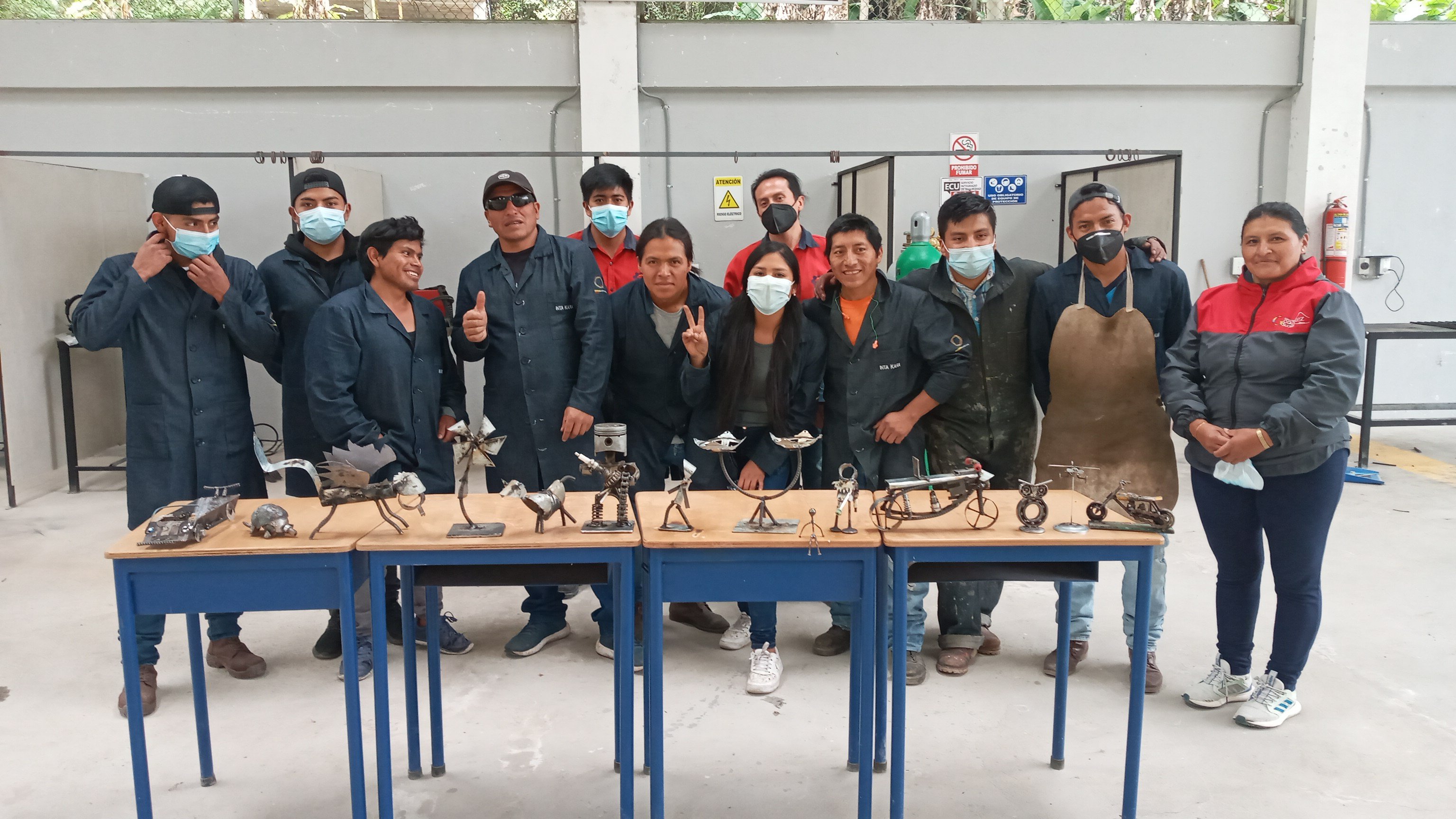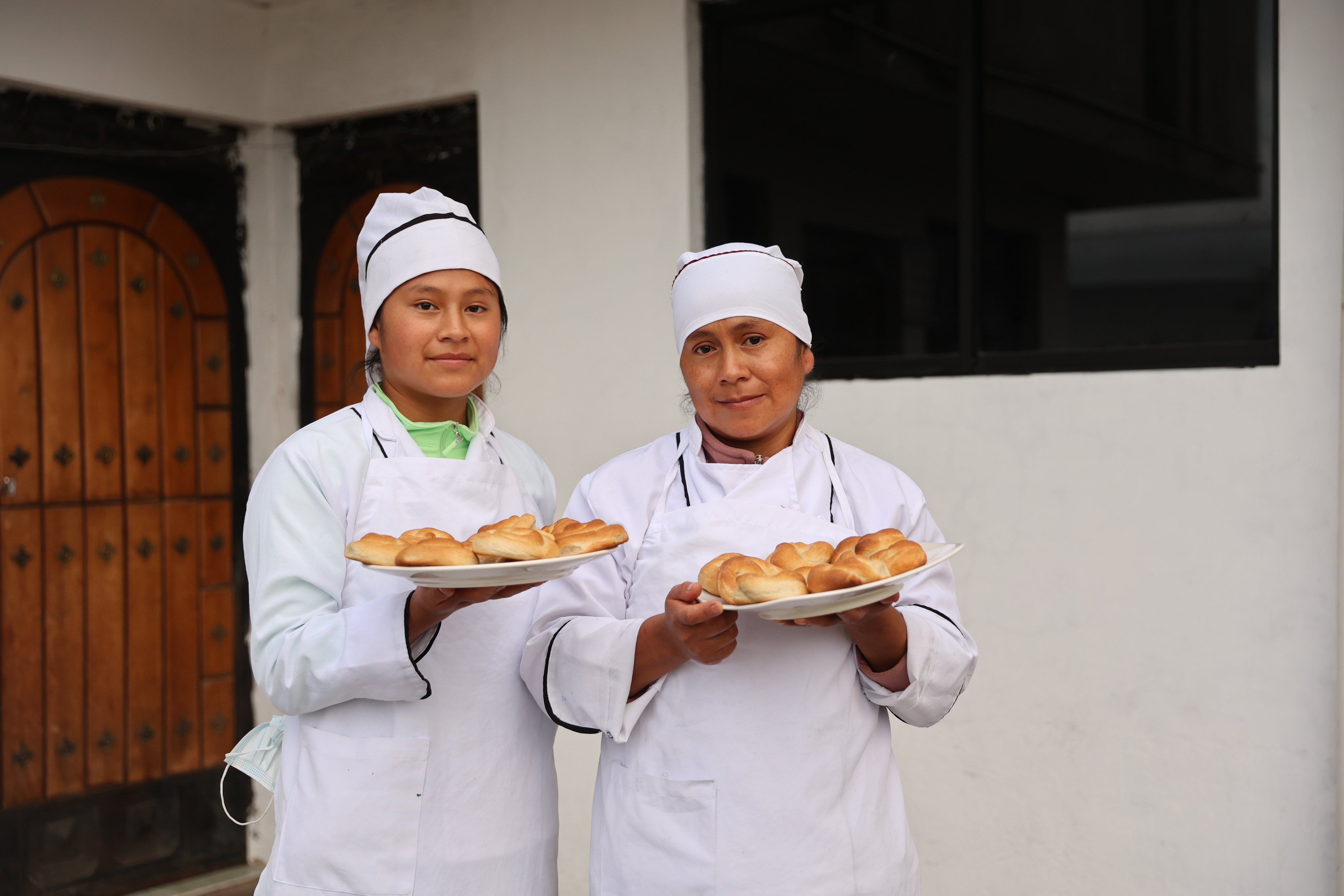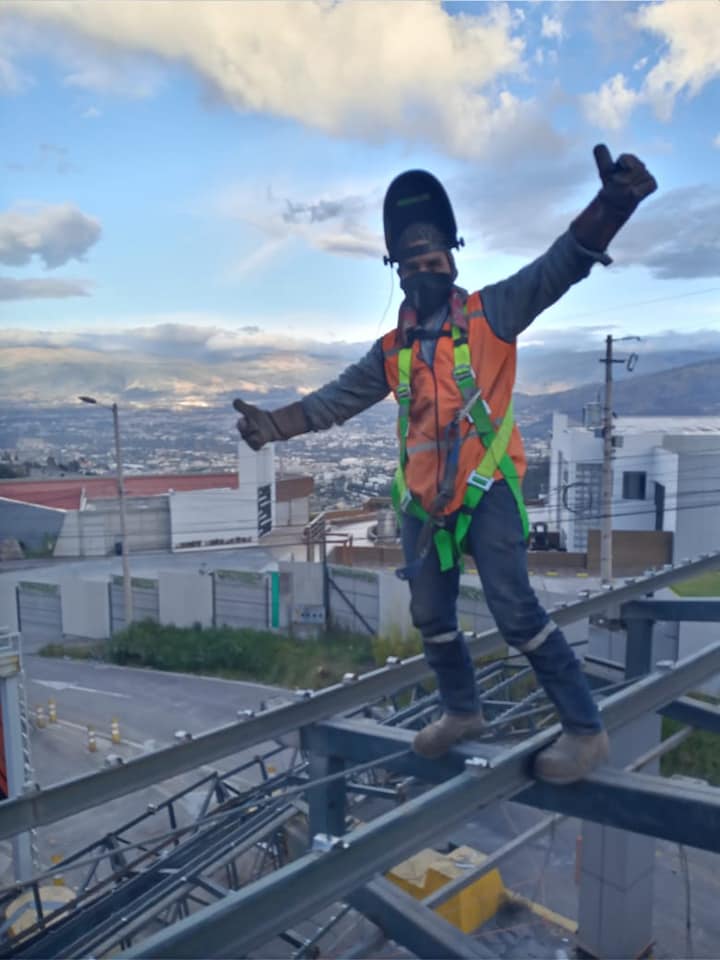Overcoming Devastating Poverty with Vocational Education
Intag is a remote, partly mountainous area in Cotacachi Canton and Otavalo Canton Imbabura Province, Ecuador, named for the Intag River. Intag has a population of about 20,000 people, and the poverty level as calculated by the NBI (Unmet Basic Need) index is 84%. They are forced to live on an average income of about $260/month. Many residents of Intag make their living by subsistence farming or cattle raising because they live in such a rural area, but food insecurity is a widely felt issue. Roughly 20% of the population is illiterate and only 5% of youth have access to college, trade school, or university education. Increasing access to education is one of the most appropriate and effective tools to improve people's living conditions.
A Hub for the Whole Region
In response to the lack of educational opportunities in the Intag region, CHOICE Humanitarian in Ecuador worked with local leaders and the ASEA Advancing Life Foundation to begin a massive effort to construct a vocational training school that would also serve as a hub for agricultural production and training. The Inta Kara trade school offers university quality classes to people who otherwise do not have access to continuing education.

The school provides each student with a national certified diploma upon course completion. The goal of the program is to train community members from the region in productive vocations, promote local tourism, and generate resources for the families who live nearby to become self-reliant. Vocational training increases the income-generating abilities of those living in poverty. The course subjects offered are related to desirable economic activities, which provide students with specialized skills that allow them access to jobs with higher incomes.
After four years working to make this school into a reality for the people of the Intag region, in 2021, the construction finally finished. Leaders in the community held a grand inaugural celebration attended by all who had participated in fulfilling this dream so they could commemorate together this great success for the entire region.
The Early Outcomes
Early results suggest that the training and educational opportunities provided by the Center have had a positive impact on the graduates’ abilities to find better employment and improve their economic situation for their families and communities. Even before the official inauguration, Inta Kara began training 125 students per year in a blended and virtual format.

Classes are provided in the following areas: Industrial Mechanics (basic welding), Gastronomy, Good Manufacturing Practices for Food Handlers, Industrial and Labor Safety, and Basic Electricity. In the future, classes will also be offered in Basic Automotive Mechanics and Plastic Arts and Sculpture. So far, graduation rates have been between 95-100%, and over 8,900 hours of training have been given to community members in 9 geographic areas served by Inta Kara.
Professional Success for Former Students
Former Inta Kara student, Venito Rosero, now works constructing footbridges in the capital city of Quito. This is an extremely well-paying job, which enables him to not only provide for his own needs, but also allows him plenty of money to send to his parents and siblings to help with their farm. Venito said, “I am applying all of the knowledge that I got in my course. I never imagined that I would have the opportunity to be a professional. I am really grateful to Inta Kara, which gave me the opportunity to study.”

Pedro Torres, another former student, secured a job with a local welding shop and is constructing homes. The welding shop now offers more services because of Pedro’s expertise, which is a great benefit to the surrounding community. The community members can now purchase locally produced construction materials for their homes at a much more affordable price, and they do not have to pay for transportation from other cities. Thanks to Pedro’s enhanced skills, they are able to get repairs done quickly and easily.